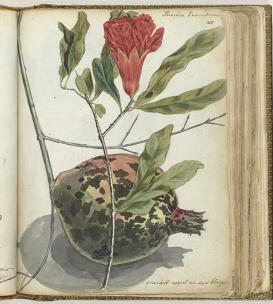Therapeutic commodities—goods considered valuable for the improvement of health—have local as well as global histories. Examples of commodities—tea, ginger, rhubarb—that straddle the boundary between food and medicine abound, and all these have both global circulations and local meanings. This project aims to understand the history of therapeutic commodities by using a material culture approach. With that I mean a focus on sociocultural contexts in which humans assign meanings to commodities, as well as analysis of their materiality: the qualities and meanings assigned to substances and the ways in which substances came into being, including technologies that created, developed and produced the commodity. I propose to view these two as mutually constitutive aspects of a material approach to medicine. Studies of trade and the transmission of medical knowledge tend to reduce therapeutic commodities either to unchanging goods that move in line with supply and demand, or to characteristic features representing separate systems of knowledge.
I ask the following questions:
- How does the map of therapeutic commodity flows change over time? I would like to visualize the main zones of movement, interaction, and trade over time in the last centuries, identifying major patterns, periodization, and change.
- Why do therapeutic commodities move, and why then and there? The focus here is on exploring the validity of the various existing explanatory models and to investigate the power structures that shape that movement.
- How and why do therapeutic commodities themselves change through movement? The aim here is to use methodologies taken from the study of material culture to excavate the cultural history of therapeutic commodities as they move across time and geophysical, political, and cultural space.

